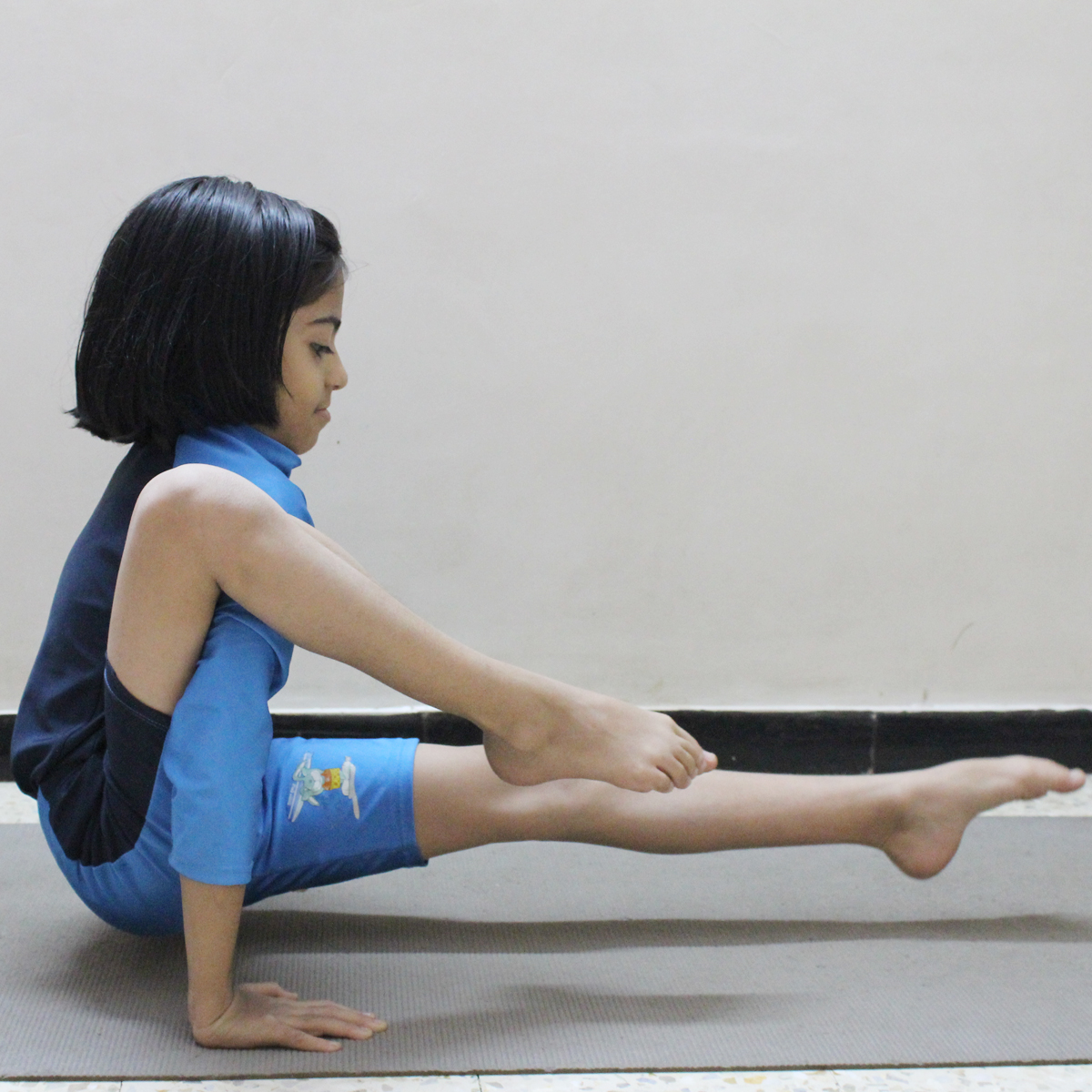Eka Hasta Bhujasana
Yoga is for Posers.

Eka Hasta Bhujasana -Steps And Benefits Eka Hasta Bhujasana is comes under the intermediate level means medium level. This Name is come from Sanskrit, in which Eka means one, single; Hasta stands for the hand; Bhuja represents the arm, hand, bending and Elephant trunk. In Elephant’s trunk pose (Eka Hasta Bhujasana), you put your leg on to your arms or shoulder and your body look same as an elephant trunk, so that’s why this asana named so and this Yoga Pose is also known as one leg over arm/shoulder. Elephant’s trunk pose is a little bit challenging and good for your hand, arms and wrists. Before performing this Yoga pose you should practice all the Follow-up and preparatory poses first, after that go for Eka Hasta Bhujasana. The level of Asana: – Intermediate. Focusing Point: – Muladhara chakra (The Root Chakra) Another Name: – Elephant’s Trunk Pose PreparatoryYoga Poses: Staff Pose (Dandasana), Chaturanga Dandasana, Double pigeon pose, Paripurna Navasana (Full Boat Pose) Sukhasana, Marichyasana, Parivrtta Surya Yantrasana (Compass Pose), High Lunge pose (utthita ashwa sanchalanasana), Ardha Matseyendrasana. Follow-Up Yoga Poses: Janu Sirasana, Pigeon Pose, Savasana, Astavakrasana. Steps of Elephant’s Pose Yoga Tips for Beginner’s You find some difficulties in Eka Hasta Bhujasana (Elephant’s trunk pose). So increase your strength and flexibility by practicing some basic asana before performing Eka Hasta Bhujasana like (Utthan Pristhasana (Lizard pose), Dhanurasana, and Surya Namaskar) Benefits of Ek Hasta Bhujasana NOTE In a case of hip, shoulder or wrist injuries avoid this pose. Eka Hasta Bhujasana (Elephant’s trunk pose) is an intense arm balancing pose that needs your palms strength. So use your all four corners of your palms to avoid serious wrist injuries. All the Yogic activities need supervision of an expert person, so it is strictly advised performs all the asana under the correct guidance to avoid injuries. Don’t put on jeans or tight clothes during performing the asana; wear comfortable and loose clothes. Take a 3 to 4-hour gap between your meal and practice. Benefits require practice so practice daily for best results.